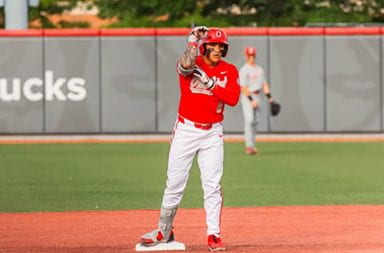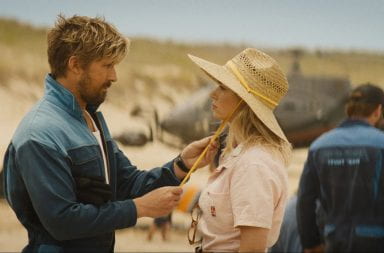Journalist Palagummi Sainath presented his online archive, the People’s Archive of Rural India (PARI), at an event Monday in collaboration with Ohio State’s South Asian Student Initiative and the Association for India’s Development.
Sainath has worked as a rural reporter in India’s countryside for 37 years, documenting the culture and diversity of those living in India’s poorest areas.
“I found more extraordinariness in the ordinaries than in the celebrities,” Sainath said. “[The] rural population accounts for more than two-thirds of the population, yet it accounts for less than 0.67 percent of front-page coverage [in India].”
Many photo essays published on PARI were documented by illiterate rural people with minimal training, Sainath said.
“We got photo essays done by forest dwellers, by women who had never owned a camera in their lives, not even a cellphone,” Sainath said. “The photographs are something that none of us professional photographers could ever have taken because they see the world [differently].”
Sainath said he wanted to take journalism out of the hands of corporations and give it back to the hands of communities.
“Journalism is for the people, not for shareholders,” Sainath said. “I want every ordinary, underprivileged, non-elite person … to participate in journalism.”
Sainath said PARI focused on the most disadvantaged communities and brought in diverse perspectives which they feel are underrepresented in media coverage.
“In 36 months, we published 96 different authors and 227 photographers,” Sainath said.
Fifty-nine of the 96 PARI authors, and more than 60 percent of its 277 photographers are women, Sainath said.
Nidhi Seethapathi, a sixth-year Ph.D. candidate in mechanical engineering and president of AID, said it supports nonprofit organizations inspired by journalists who publicize what she believes to be underrepresented issues.
“It always starts off with journalists like Sainath, bringing attention and shedding light on issues people don’t know about, and activists, the people we fund, could flock in that direction.” Seethapathi said.
She said speakers like Sainath would bring students out of their bubbles and remind them of the reality of the world outside Ohio State.
“As you progress through your academic career, you get more and more focused on your own shell of what you’re working on, then you lose touch with the real world,” Seethapathi said. “But being in an organization like this puts you in touch with what the world is about and reminds you at the end of the day, whatever niche the area you are working on, try to make an impact on the world.”


